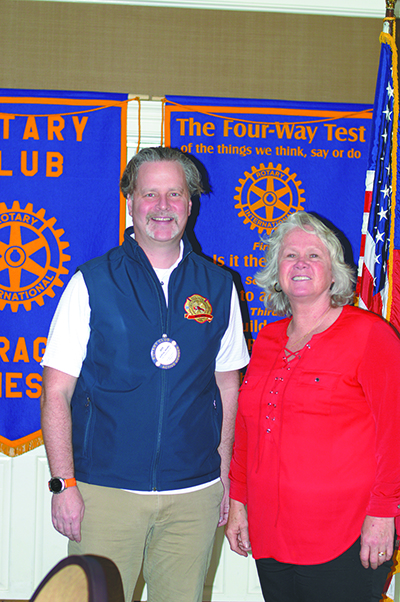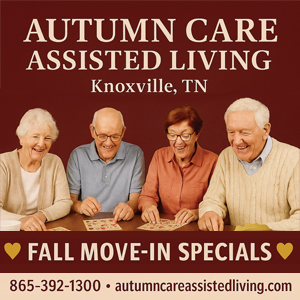Rural Metro Fire part of world’s largest private fire department

“That’s very unique,” added Devlin, a Farragut resident and a new member of RCF. “What most people don’t clue in on is [if] you live within Rural Metro’s jurisdiction, you live in the largest community-based privatized fire department operation in the world.”
RMF is part of Global Medical Response, which in turn, is owned by KKR, a private equity firm. RMF receives its funding only from subscriptions from property owners, not from Knox County tax dollars.
Comparatively, Knoxville residents have fire coverage paid by city tax dollars.
“First thing, our men and women on the fire engines do not know who is a member and who is not, so when the alarm comes in they are going to the fire,” he said.
While its team responds to fires whether or not a property owner is a subscriber, a non-subscriber will get a bill for the service while subscribers will not because it is included in the subscription.
An approximate cost of a fire is $1,100 per truck per hour, “and if it’s a bad fire that takes a few hours to knock down, a (non-subscriber) homeowner is looking at something like a $20,000 bill,” Devlin said.
Meanwhile, an average subscription for RMF coverage is $750 a year.
“Basically, our subscription customers are paying for the non-subscribers,” he noted.
RMF has 18 stations and 200 employees covering Knox County, home to about 264,000 county residents, according to a 2020 census.
Last year, Devlin said RMF, as a first responder, answered 17,238 calls, of which 60 percent were medical-related calls for which they do not charge.
However, he said if an AMR ambulance is needed, the families do have to pay for that service.
Devlin said GMR got its start when the late Lou Whitesman, a newspaper reporter in Scottsdale, Arizona, witnessed his neighbor’s house burn down, as Scottsdale did not have a fire department.
“For no other reason than trying to protect his community, he started this enterprise,” Devlin said. “It diversified into ambulances in the early ’70s.”
But, the 1960s and the Vietnam War era, ‘was when the concept of the ‘golden hour’ really started. They realized if we could get definitive medical to people, trauma mainly, that we could make a decisive intervention,” he said. “That’s where ambulances came from.”


